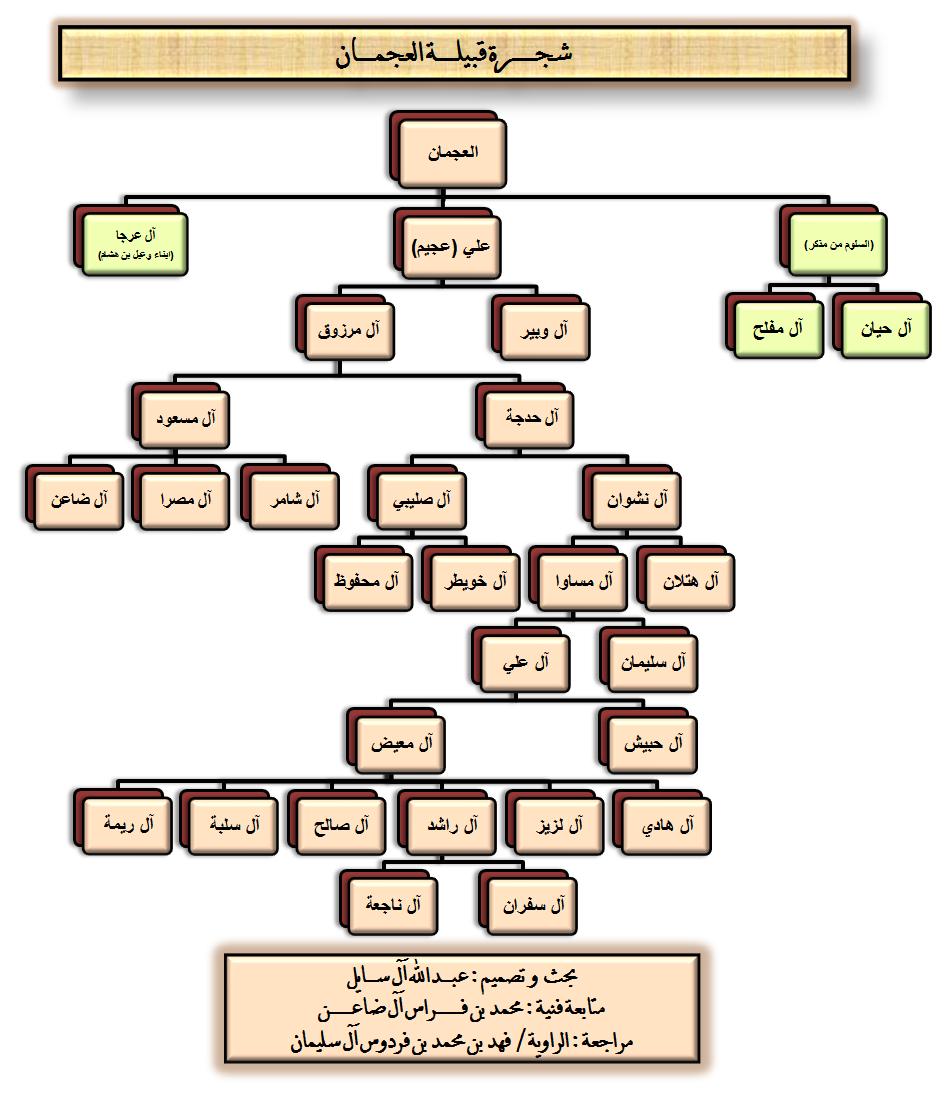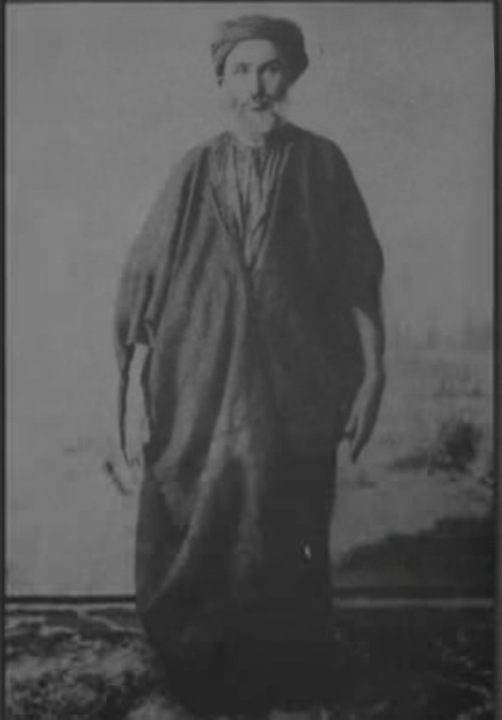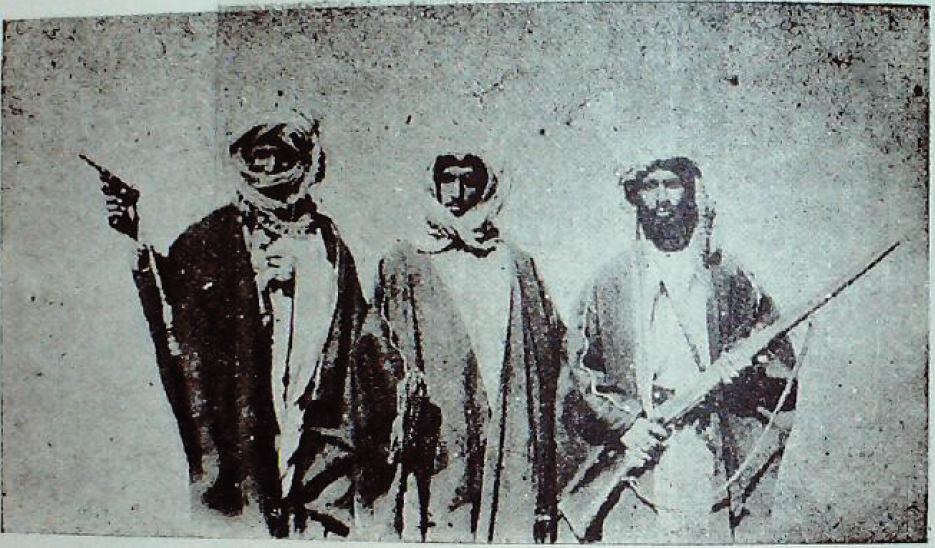Ajman Tribe on:
[Wikipedia]
[Google]
[Amazon]
Al-Ajman or al-'Ijman ( ar, العُجمان, singular Ajmi ar, العجمي) is an
 Al-Ajman is a
Al-Ajman is a
 The Ajman were noted for being important players in the politics of eastern Arabia in the 19th and early 20th centuries. Their most famous leader (or ''sheikh'') during the 19th-20th century was Rakan bin Hithlain, who is still well known in Arabian tribal lore. He was noted for his poetry and is often known as the maternal grandfather of the current
The Ajman were noted for being important players in the politics of eastern Arabia in the 19th and early 20th centuries. Their most famous leader (or ''sheikh'') during the 19th-20th century was Rakan bin Hithlain, who is still well known in Arabian tribal lore. He was noted for his poetry and is often known as the maternal grandfather of the current  A section of the Ajman led by
A section of the Ajman led by
Arabian
The Arabian Peninsula, (; ar, شِبْهُ الْجَزِيرَةِ الْعَرَبِيَّة, , "Arabian Peninsula" or , , "Island of the Arabs") or Arabia, is a peninsula of Western Asia, situated northeast of Africa on the Arabian Plate. ...
tribal confederation in the Arabian Peninsula, with Ajman spread across Saudi Arabia
Saudi Arabia, officially the Kingdom of Saudi Arabia (KSA), is a country in Western Asia. It covers the bulk of the Arabian Peninsula, and has a land area of about , making it the List of Asian countries by area, fifth-largest country in Asia ...
, Qatar
Qatar (, ; ar, قطر, Qaṭar ; local vernacular pronunciation: ), officially the State of Qatar,) is a country in Western Asia. It occupies the Qatar Peninsula on the northeastern coast of the Arabian Peninsula in the Middle East; it ...
, the United Arab Emirates
The United Arab Emirates (UAE; ar, اَلْإِمَارَات الْعَرَبِيَة الْمُتَحِدَة ), or simply the Emirates ( ar, الِْإمَارَات ), is a country in Western Asia ( The Middle East). It is located at ...
and Kuwait
Kuwait (; ar, الكويت ', or ), officially the State of Kuwait ( ar, دولة الكويت '), is a country in Western Asia. It is situated in the northern edge of Eastern Arabia at the tip of the Persian Gulf, bordering Iraq to the no ...
.
Origin
 Al-Ajman is a
Al-Ajman is a Qahtanite
The terms Qahtanite and Qahtani ( ar, قَحْطَانِي; transliterated: Qaḥṭānī) refer to Arabs who originate from South Arabia. The term "Qahtan" is mentioned in multiple ancient Arabian inscriptions found in Yemen. Arab traditions ...
Arab tribe that is descended from Banu Yam
Banu Yam ( ar, بنو يام, ') is an Arabian tribe that belongs to the Qahtanite branch of Arabian tribes, specifically the group known as Banu Hamdan, and are, therefore, native to southwestern Arabia.
Their traditional way of life was well ...
tribe. Most of Ajman left their nomadic life and lived in northeastern of Saudi Arabia.
History
 The Ajman were noted for being important players in the politics of eastern Arabia in the 19th and early 20th centuries. Their most famous leader (or ''sheikh'') during the 19th-20th century was Rakan bin Hithlain, who is still well known in Arabian tribal lore. He was noted for his poetry and is often known as the maternal grandfather of the current
The Ajman were noted for being important players in the politics of eastern Arabia in the 19th and early 20th centuries. Their most famous leader (or ''sheikh'') during the 19th-20th century was Rakan bin Hithlain, who is still well known in Arabian tribal lore. He was noted for his poetry and is often known as the maternal grandfather of the current Crown Prince of Saudi Arabia
The crown prince of Saudi Arabia is the second-most important position in Saudi Arabia, second to the King, and is his designated successor. Currently, the Crown Prince assumes power with the approval of the Allegiance Council after he is nom ...
Mohammed bin Salman
Mohammed bin Salman Al Saud ( ar, محمد بن سلمان آل سعود, translit=Muḥammad bin Salmān Āl Su‘ūd; born 31 August 1985), colloquially known by his initials MBS or MbS, is Crown Prince and Prime Minister of Saudi Arabia. ...
. In 1861 the Ajman were defeated by Faisal bin Turki, the Imam of the Second Saudi State
The Emirate of Nejd or Imamate of Nejd was the Second Saudi State, existing between 1824 and 1891 in Nejd, the regions of Riyadh and Ha'il of what is now Saudi Arabia. Saudi rule was restored to central and eastern Arabia after the Emirate of D ...
, after challenging his rule in the 1850s. Faisal bin Turki later married into the tribe. Later they supported the cause of the Saud Al Kabir branch of the Al Saud
The House of Saud ( ar, آل سُعُود, ʾĀl Suʿūd ) is the ruling royal family of Saudi Arabia. It is composed of the descendants of Muhammad bin Saud, founder of the Emirate of Diriyah, known as the First Saudi state (1727–1818), a ...
against their cousin Abdulaziz bin Saud, the founder of Saudi Arabia
Saudi Arabia, officially the Kingdom of Saudi Arabia (KSA), is a country in Western Asia. It covers the bulk of the Arabian Peninsula, and has a land area of about , making it the List of Asian countries by area, fifth-largest country in Asia ...
.
 A section of the Ajman led by
A section of the Ajman led by Dhaydan bin Hithlain
Dhaydan bin Hithlain (died May 1929) was one of the leaders of the Ajman tribe and Amir of the hijrah (settlement) of Al Sarrar. His full name was Dhaydan bin Khalid bin Hizam bin Hithlain. Alexei Vassiliev also calls him Zaidan.
Biography
The ...
joined the Ikhwan
The Ikhwan ( ar, الإخوان, al-ʾIkhwān, The Brethren), commonly known as Ikhwan min ta'a Allah ( ar, إخوان من أطاع الله), was a traditionalist religious militia made up of traditionally nomadic tribesmen which formed a signif ...
movement in 1912, providing military support for Ibn Saud, but later rebelled against him. The Ajman and their allies from the tribes of Utaybah and Mutayr were defeated by Ibn Saud in 1929 in the Battle of Sabilla
The Battle of Sabilla (29 March, 1929) was the main battle of the Ikhwan Revolt in northern Arabia between the rebellious Ikhwan forces and the army of Abdulaziz al-Saud. It is the last tribal uprising in Saudi Arabia. It was also the last majo ...
, which put an end to the Ikhwan rebellion.
Nearly all the Ajman have abandoned nomadic life and have settled in the Persian Gulf states
The Arab states of the Persian Gulf refers to a group of Arab states which border the Persian Gulf. There are seven member states of the Arab League in the region: Bahrain, Kuwait, Iraq, Oman, Qatar, Saudi Arabia, and the United Arab Emirates ...
, particularly the eponymous Emirate of Ajman
The Emirate of Ajman ( ar, إمارة عجمان; ) (Gulf Arabic: إمارة عيمان emāratʿymān) is one of the seven emirates of the United Arab Emirates. It joined the United Arab Emirates federation on December 2, 1971. It has an ar ...
, a member of the United Arab Emirates. There are also many in Saudi Arabia. Their main tribal territory is Joudah, also known as Wadi el-Ajman
Wadi ( ar, وَادِي, wādī), alternatively ''wād'' ( ar, وَاد), North African Arabic Oued, is the Arabic term traditionally referring to a valley. In some instances, it may refer to a wet ( ephemeral) riverbed that contains water o ...
("the valley of the Ajman"), located on the road between Riyadh
Riyadh (, ar, الرياض, 'ar-Riyāḍ, Literal translation, lit.: 'The Gardens' Najdi Arabic, Najdi pronunciation: ), formerly known as Hajr al-Yamamah, is the capital and largest city of Saudi Arabia. It is also the capital of the Riyad ...
and Dammam
Dammam ( ar, الدمّام ') is the fifth-most populous city in Saudi Arabia after Riyadh, Jeddah, Mecca, and Medina. It is the capital of the Eastern Province. With a total population of 1,252,523 as of 2020. The judicial and administrative ...
.
Ajman attacked the Sobyie tribe in 1764 who called on Ibn Saud to protect them from Ajman tribe. Ibn Saud responded immediately and killed 50 and captured 240 persons of Ajman. Rakan bin Hithalayn sent two of his sons to Banu Yam in Najran asking them for help. Najran was nightmare for Ibn Saud at that time. Sheikh Hassan bin Hebat Allah was the religious leader of Yam. He responded to Ajman's request and called for the general mobilization to Adderyah in Riyadh with 500 men on 500 black horses (one of their techniques in war). Yam's reputation was terrifying every single tribe at the time which pushed the Qahtan tribe to build an alliance with them. Yam arrived in Riyadh joined Ajman and moved to Adderyah. Ibn Saud had 3700 men but Sheikh Mohammed bin Abdulwahab warned Mohammed bin Saud asking him to make peace with Yam, but he fought them and was defeated. Yam's army killed about 390 men, captured 220 men and got the Ajman prisoners back from Ibn Saud. Ibn Saud had to make peace with Yam so that Yam would go back to Najran and Ajman would stay in Najd under Yam's full protection. Ibn Saud knew that Yam would keep their word and fight to defend it so he was not worried about them once they'd made peace. This battle was named Al-Ha'ir ().
References